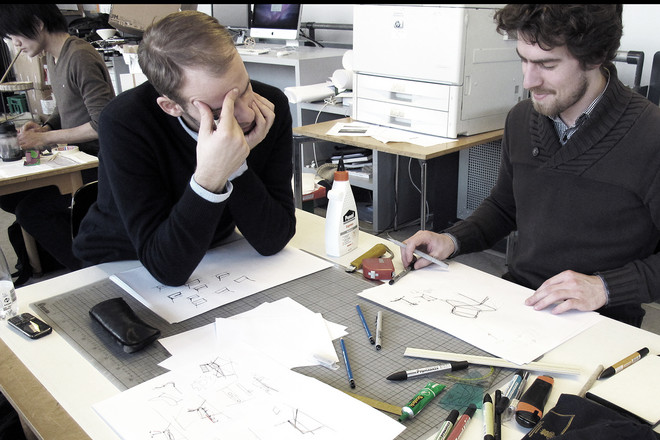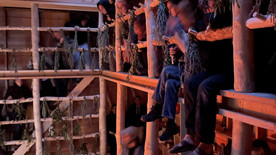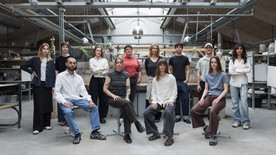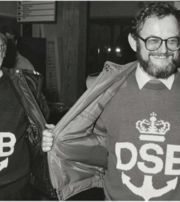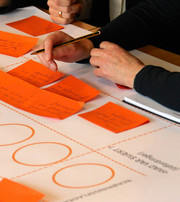
Danish design(er) communities: Meanings, Strategies and Organization
Although the role of community amongst designers and other creatives has been recognized in design (culture) literature – for instance, with respect to how expert designers and non-designers may collaborate to bring about socio-cultural change – research has so far paid little attention to the phenomenon of communities as they emerge amongst and exclusively consist of professional designers.
This project aims to contribute knowledge on the phenomenon of professional communities in which members join forces on the basis of shared values and attitudes to the purpose of supporting each other’s processes of commercialization and professionalization through co-developing and co-promoting individual and shared design visions and works through collective activities such as exhibitions.
Through case study research designs and ethnographic methods, this scarcely researched phenomenon of so-called ‘designer collectives’ is analysed. The project generally aims to explore, describe and explain why and how designers choose to establish such designer collectives or choose to opt for membership of one. This with particular interest in uncovering how both national, international and global social, cultural and economic structures relate to designer collectives’ strategies and raison d’être(s) in contemporary Danish (design) society and ways in which they are organised and create value across multiple stakeholder domains.
